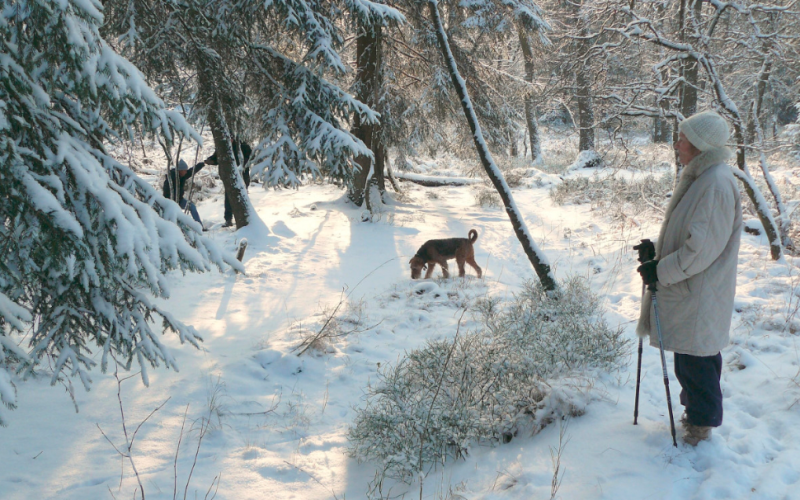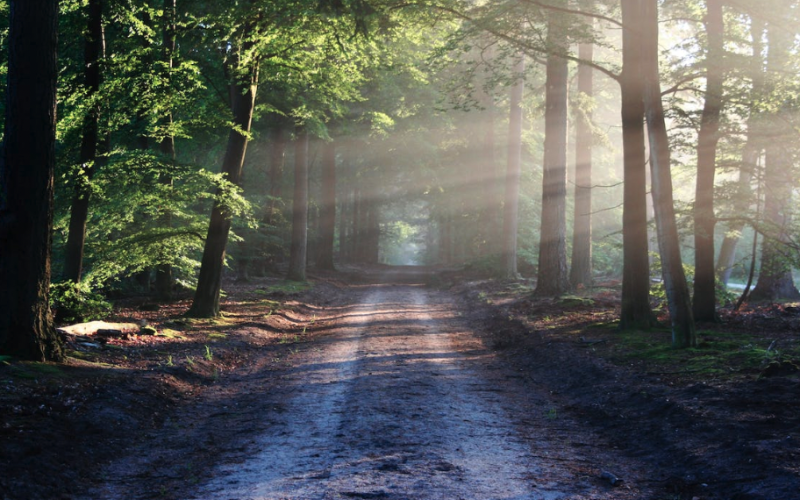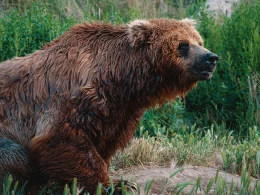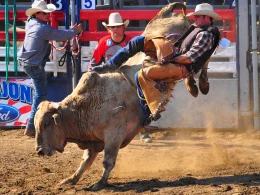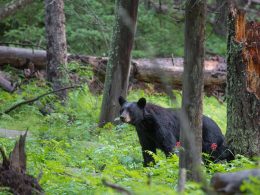When winter hits, your determination to get outside and play can be put to the test. The cold can penetrate through the thickest jacket and make its way straight to the bone. At this point, you’ll probably feel like sticking inside by the heater, happily drinking hot cocoa and watching the TV.
The winter doesn’t need to be a time of full isolation, trapped inside the walls of your house. If you know how, time outdoors in cold weather can actually be enjoyable, and warm!
The secret of how to stay warm in the cold is a combination of different tactics. It starts with fueling your body sufficiently to allow it to produce enough heat. Then, you need a good layering system to trap the heat that your body produces. Finally, moving your body generates loads of heat that will keep you feeling cozy all day long.
Table of Contents
Fueling Your Body
The start of keeping warm when it’s cold outside is to have the right energy to produce the heat you need. Think of your stomach as a furnace, and your body as the house. When the furnace gets low, it’s nearly impossible to keep the whole house warm. So, what do you do? You walk into the basement, throw some more fuel on the fire, then go back to what you were doing before.
Your body is talented at taking cookies, sandwiches, and any form of food and turning it all into energy. This energy is sent out throughout the body. Along with it, there’s loads of heat. The idea of “burning calories” is spot on. You’re burning this food to produce energy with an output of heat.
As soon as you recognize that the food you put in turns into heat, you’ll never go hungry in the winter again. Any time you go outside, try to eat something first and bring more snacks for later.
What Food Makes the Best Energy?
Now that we know we need to eat, what should it be? What works better? Jelly beans or steak? To avoid diving deep into a full-blown nutrition manifesto, we’ll only talk about two different aspects of the food you eat and what it means for heating your body up.
First, there’s everyone’s favorite: Sugar. If you look into it, you’ll quickly realize that sugar is in just about everything. Even “healthy” foods like multi-grain bread and oat milk will often have added sugar. Consumers love sugar. Can you really blame them? Sugar works like throwing the gas pedal all the way to the ground in your car. It’ll shoot off, but the fuel is getting eaten up quickly and inefficiently. You go fast, but not for long.
If you prefer the fire analogy, it’s like tossing a bunch of leaves onto a campfire. They light up fast and burn bright, but quickly they’ve become floating little memories of a leaf. Sugar gives you a short, quick blast of energy. It’s not the ideal choice for staying warm, but it plays its part.
Now we get to talk about fats. Fats have a bad reputation. They can be unhealthy when they get consumed, but don’t get used. Since we’re talking about staying warm in cold weather, we love fats. Fats are the equivalent of driving like a grandma, slow and steady. They’re the tortoise racing, and winning, against the hare. They’re the big logs that burn all night and hold a burning coal into the morning. They’re what keep you warm.
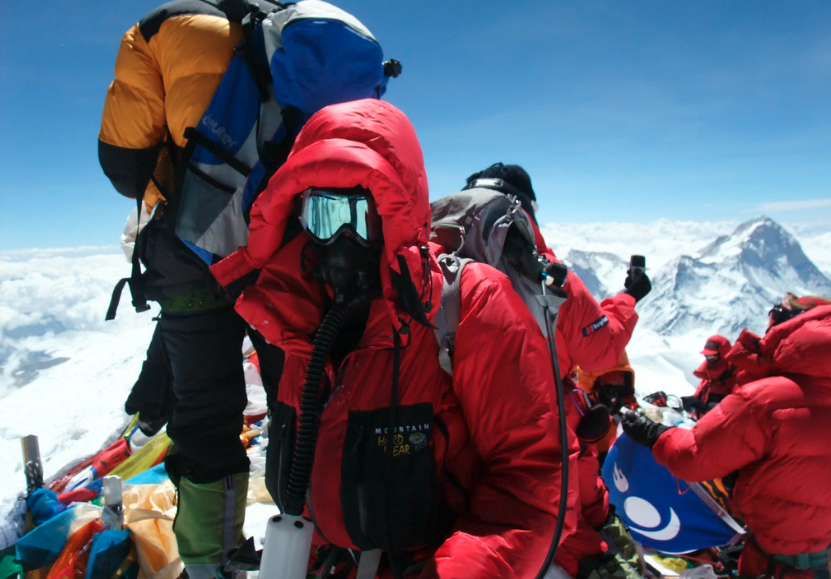
On Everest, people try to consume between 8,000 and 10,000 calories a day. To get that much energy into your body, you need fats. Mountaineers do this often with sticks of butter. It goes in everything from coffee and oatmeal to the rice and beans at night. We’re not saying you should put sticks of butter in your pocket to go on a walk around your neighborhood. But you should pay attention to the food you eat before and during your time in the cold.
Healthy fats in nuts, peanut butter, and some meats will be your source of slow-burning energy. Sugars can act as the in-between and help give you the boost you need right away.
A Good Layering System
Now that you have heat coming from your body, you need to trap it. Many people make the mistake of thinking a thick coat or enough layers are enough to stay warm in the cold. Clothes only trap the heat your body produces rather than actually producing heat. They also act to stop the cold from coming in and whisking the heat away.
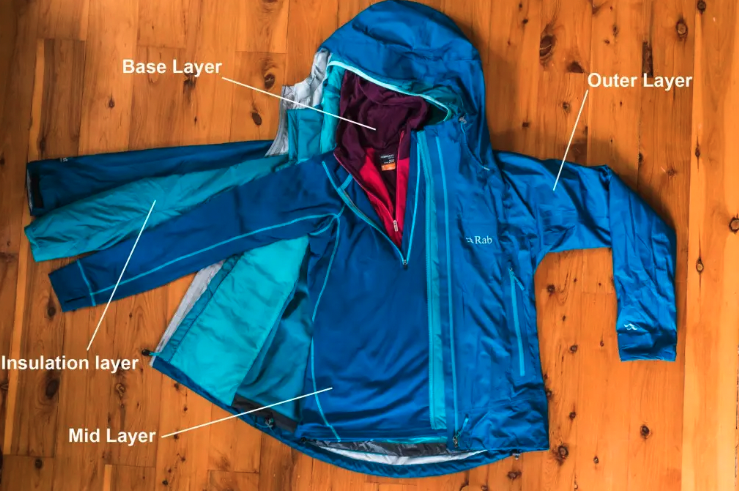
Dressing for cold weather is all about layers. There are three categories of clothing layers that you need to take into consideration.
Base Layers
Base Layers are those that sit right next to your skin. They’re the first line of defense to trap the heat that you’re working so hard to produce. They are also the layer that you won’t take off, so it’s important to choose wisely.
Because you’ll be wearing your base layers the entire time you’re out, you want something that is good at pulling moisture out and away from your skin. Moisture can be dangerous when you’re in the cold. It’s possible to become hypothermic in 50-degree weather if you don’t stay dry.
A good base layer will pull that moisture away from your body to keep you dry. Merino wool is likely the most popular material for good base layers. It’s moisture-wicking, and more importantly, it doesn’t trap a lot of bad smells as polyester does.
Insulating Layers
On top of your base layer, you’ll have insulating layers. There can be multiple different layers involved in your insulation, depending on how cold it is outside. You can also play around with the number of insulating layers you have if you’re hiking or moving around a lot.
Insulating layers essentially work to create space in which your heat can be trapped. Fleece, down, or other synthetic layering is often puffy. The air traps heat and holds it really well. If it’s really cold, try something like a fleece sweater underneath a down jacket. That will trap heat efficiently over a long period of time.
Outer Shell
The last thing to put on is an outer shell. This is a water and windproof layer that keeps you dry and prevents wind from taking heat away from your body. Since wind can be one of the sneakiest thieves of heat, you want to make sure your outer shell is at least windproof, if not fully waterproof.
One of the more important things about layering is maintaining a system that allows you to stay warm, but not so warm that you start sweating. That’s when you mix up your insulation layers and add or remove a layer. Keep extra layers in your bag with your snacks for the moments that you stop moving or want to stash an extra jacket once you get going again.
Movement: What to do in the Cold
You’re dressed and fed, so it’s time to actually get outside. The question now is, what are you going to do out there? Not a lot of people choose to go find a park bench on a blustery December afternoon. It’s likely you want to be more active than that.
Movement is how your body knows it needs to burn calories. It’s actually why we shiver whenever we’re getting really cold. The movement of our muscles produces heat as they contract and relax. But you’re not likely to want to go and stand outside shivering either. So, let’s look at some great cold-weather activities to try out and warm up.
Hiking
Hiking is potentially the most popular cold weather sport. When the cold comes down, a lot of people flee the trails, leaving an empty space for you to get out and enjoy some solitude.
Hiking is most likely the best sport to get yourself accustomed to playing with your layering system and mastering the art of eating a ton when cold. You can move slowly, but when you hit a steep climb, you’ll want to take a layer off and prep for the heat that will start to come out of your thighs.
One of the best pieces of advice many hikers will give you about hiking in the winter is, “be bold, start cold.” Your body temperature is going to rise when hiking. If you start in every layer, you’ll have to stop soon to take them off in order to avoid sweating. Starting cold allows you to warm up and just keep moving. You’ll get to a comfortable temperature in a few minutes, but you need to allow yourself to be cold for a short period of time at the start.
Cross Country Skiing
If you’re in a spot with snow, cross country skiing can be one of the best ways to get out and move around while having a ton of fun. Sliding down the trail can be surprisingly difficult, and a crazy amount of fun once you get the hang of it.
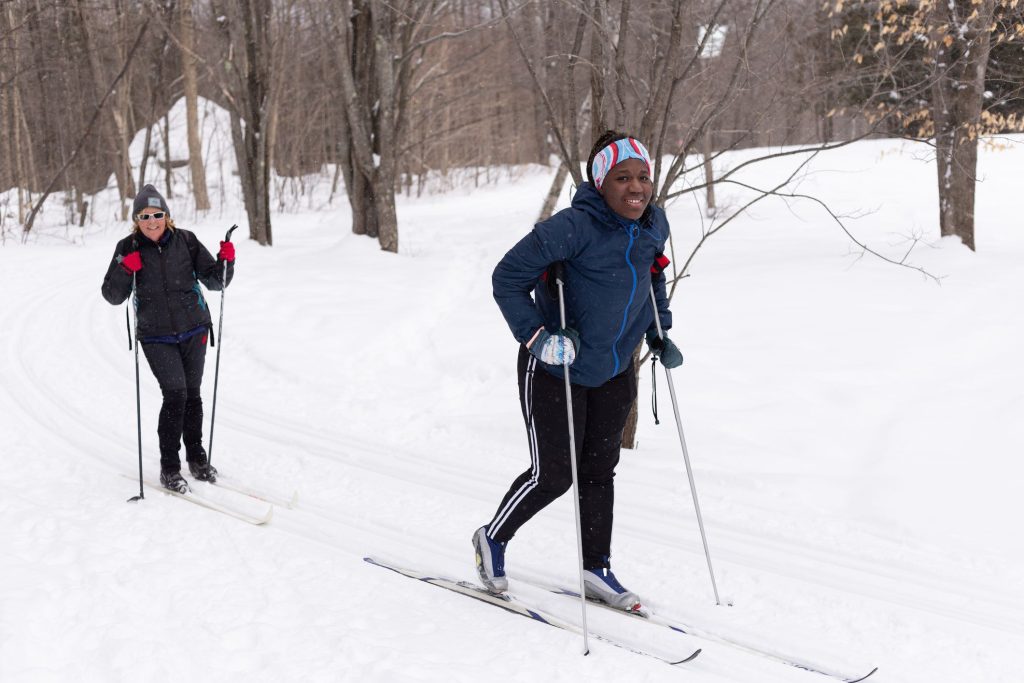
There are a lot of different styles of cross country skiing, but we’d recommend you try out classic skiing before moving up to skate skiing or any backcountry stuff.
Ice Skating
Gliding across the ice like an Olympic figure skater, or maybe falling all around the rink like an inexperienced skater can be a great way to stay warm.
Ice skating engages all of your body and is incredibly demanding on your core muscles. Your core is made up of a massive group of muscles that will efficiently send heat both down your legs and out your arms.
Running
Many people that hate running find that they surprisingly like it when running in the cold. Our bodies are more efficient and there’s no heat draining every last bit of energy from us. Even going running for a short 20 minutes can be more than enough to warm you up and maybe make you want to stay out and go longer!
You can find a good assortment of outdoor gear on the Everest Outdoor Marketplace. New products from new sellers are being added daily

